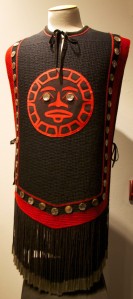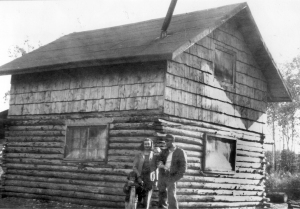By Jenny Neyman, Redoubt Reporter
When your career involves quoting other people, it can be difficult to come up with noteworthy witticisms of your own. Why would you? That, and cat videos, is why we have the Internet.
Two of my favorites are appropriate this week:
“There is no real ending. It’s just the place where you stop the story.” (Frank Herbert)
“Ends and beginnings — there are no such things. There are only middles.” (Robert Frost)
OK, one more, not because it’s particularly relevant, but it’s one by which I try to live my life:
“From now on, ending a sentence with a preposition is something up with which I will not put.” (Winston Churchill)
Preach, W.C. In terms of famous quotations about punctuation (bet you never knew there were such things), it’s right up there with Kurt Vonnegut’s, “Do not use semicolons. They are transvestite hermaphrodites representing exactly nothing. All they do is show you’ve been to college.”
I find myself pondering endings and punctuation this week, as the Redoubt Reporter ceases publication with this issue.
It’s a comma, rather than a period. One of those middles about which Herbert and Frost spoke.
In its current format, the paper has struggled to attain sustainability beyond the one-man (or woman)-band approach, and this drummer needs to go beat on some other things. Unfortunately, that means putting the Redoubt Reporter to rest for the time being. (Unless anyone out there wants to take over a newspaper for a while? Anybody? I’m sorry, I can’t hear you over the din of the crickets.)
The goal is to re-evaluate, reorganize and come back bigger and better. As John Wooden said, “Failure isn’t fatal, but failure to change might be.” Or Thomas Edison, “I have not failed. I’ve just found 10,000 ways that won’t work.”
In the seven and a half years of producing this newspaper, I’ve racked up well over 10,000 ways that don’t work. (Notably, ever agreeing to do inserts. They were never worth the money. But I now possess the thoroughly useless knowledge of how long it takes to stuff 4,000 sheets of paper into as many newspapers. Pro tips — wear latex gloves to maximize grip and minimize ink stainage, an ironing board is great for setting the perfect height at elbow level, and your cat absolutely must be kept away from your completed stacks.)
At best, each and every error has been a learning experience. At worst, they are mistakes I don’t have to repeat. But even though we’re on hiatus for a while, I don’t consider that a failure. It’s a failure to continue to print regularly, perhaps, but that doesn’t negate the success we’ve had along the way.
If something you read in the paper informed, entertained or touched you in some way, it’s been a success. If we have added to community knowledge, dialogue and record, it’s been worthwhile. If any clippings found their way onto refrigerators, into scrapbooks or the mail to or from a grandmother, it will live on.










